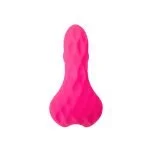A massive archaeological survey of the site of a new correctional facility in Dalkpinge outside Trelleborg, Sweden, has uncovered evidence of human habitation dating back 12,000 years ago, including a richly decorated tomb of an elite Bronze Age woman. grave.
 Two excavations, the first between late August and November 2023 and the second over a three-month period in spring 2024, will cover nearly 50 acres in the southern Swedish province of Scania. One of the largest excavations ever undertaken. The Trelleborg region’s excellent arable land, easy access to the Strait (the strait between Denmark and Sweden), and a relatively warm climate attracted a large population to live here for 10,000 years. Preliminary surveys of the site in 2021 found evidence of Neolithic huts, houses and graves, as well as numerous Iron Age longhouses.
Two excavations, the first between late August and November 2023 and the second over a three-month period in spring 2024, will cover nearly 50 acres in the southern Swedish province of Scania. One of the largest excavations ever undertaken. The Trelleborg region’s excellent arable land, easy access to the Strait (the strait between Denmark and Sweden), and a relatively warm climate attracted a large population to live here for 10,000 years. Preliminary surveys of the site in 2021 found evidence of Neolithic huts, houses and graves, as well as numerous Iron Age longhouses.
 At the highest point in the middle of the site, investigations revealed the remains of a Bronze Age mound that had been plowed down but still contained its central tomb. This is the tomb of a high-status woman who died about 2,500 years ago. The grave goods include a bronze dagger, a round bronze belt buckle, a thick bronze spiral arm ring and two gold spiral finger rings.
At the highest point in the middle of the site, investigations revealed the remains of a Bronze Age mound that had been plowed down but still contained its central tomb. This is the tomb of a high-status woman who died about 2,500 years ago. The grave goods include a bronze dagger, a round bronze belt buckle, a thick bronze spiral arm ring and two gold spiral finger rings.
 The oldest remains found at the site are a leather and tool-making site dating back to the Stone Age about 12,000 years ago. The most recent Neolithic discovery is a 4,000-year-old dwelling. The floor was found to be in good condition and portable items – tools, pottery, arrowheads – were still in place. This suggests that the house must have been hastily abandoned, leaving important items behind. The team also excavated a rare cellar pit from a Neolithic house.
The oldest remains found at the site are a leather and tool-making site dating back to the Stone Age about 12,000 years ago. The most recent Neolithic discovery is a 4,000-year-old dwelling. The floor was found to be in good condition and portable items – tools, pottery, arrowheads – were still in place. This suggests that the house must have been hastily abandoned, leaving important items behind. The team also excavated a rare cellar pit from a Neolithic house.
A small selection of the artefacts found at the site will be on display in the foyer of Trelleborg Museum until 24 November. Much of the archaeological material is still being analyzed and preserved. When the work is completed in 2026, the museum plans to host a larger exhibition.


 Anal Beads
Anal Beads Anal Vibrators
Anal Vibrators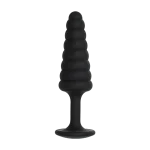 Butt Plugs
Butt Plugs Prostate Massagers
Prostate Massagers
 Alien Dildos
Alien Dildos Realistic Dildos
Realistic Dildos
 Kegel Exercisers & Balls
Kegel Exercisers & Balls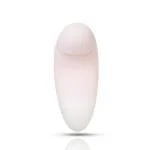 Classic Vibrating Eggs
Classic Vibrating Eggs Remote Vibrating Eggs
Remote Vibrating Eggs Vibrating Bullets
Vibrating Bullets
 Bullet Vibrators
Bullet Vibrators Classic Vibrators
Classic Vibrators Clitoral Vibrators
Clitoral Vibrators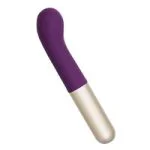 G-Spot Vibrators
G-Spot Vibrators Massage Wand Vibrators
Massage Wand Vibrators Rabbit Vibrators
Rabbit Vibrators Remote Vibrators
Remote Vibrators
 Pocket Stroker & Pussy Masturbators
Pocket Stroker & Pussy Masturbators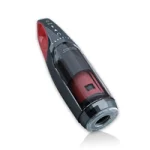 Vibrating Masturbators
Vibrating Masturbators
 Cock Rings
Cock Rings Penis Pumps
Penis Pumps
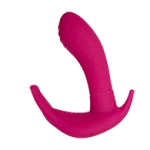 Wearable Vibrators
Wearable Vibrators Blindfolds, Masks & Gags
Blindfolds, Masks & Gags Bondage Kits
Bondage Kits Bondage Wear & Fetish Clothing
Bondage Wear & Fetish Clothing Restraints & Handcuffs
Restraints & Handcuffs Sex Swings
Sex Swings Ticklers, Paddles & Whips
Ticklers, Paddles & Whips




















